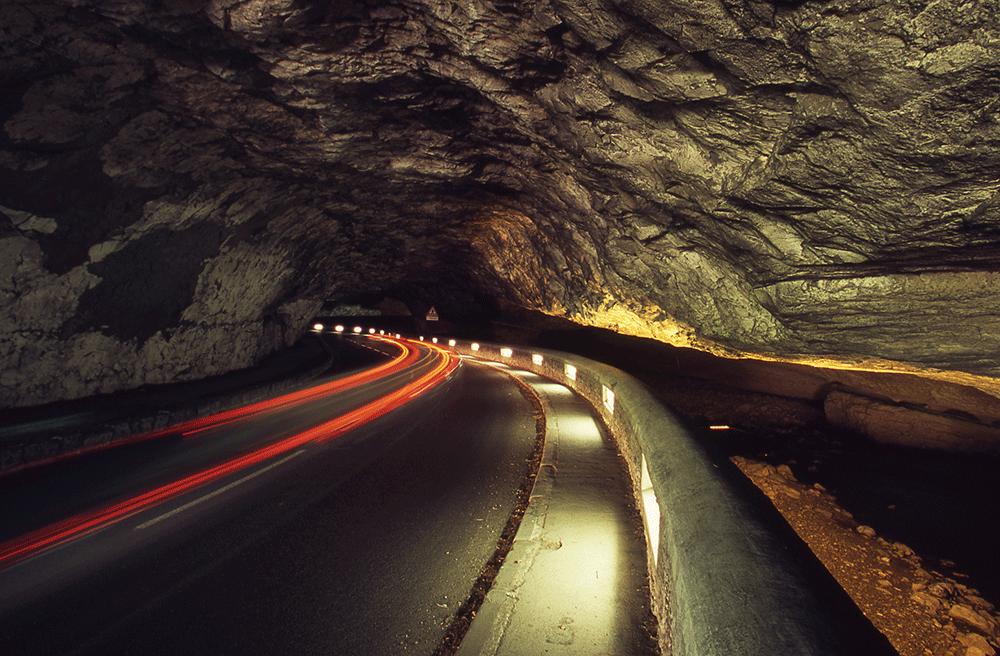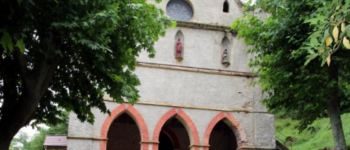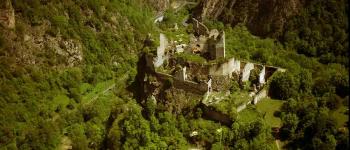
The history of the Mas-d'Azil cave is long and complex.
An easy-to-spot site, it has been surprisingly long-lived in terms of occupation and visitor numbers.
The origins of the village are closely linked to this natural shelter, and the cave is an integral part of Mas-d'Azil's historical past.
The village, fortified since the 13th century, is barely a kilometer away.
Over the ages, this refuge seems to have played a protective role in times of difficulty and turmoil.
In the 19th century, a road was built inside the cave, linking it to the village.
Then the cave disappeared, never to be heard of again until the middle of the 19th century.
It was then that all kinds of legends and beliefs began to appear.
The cave was said to harbor evil spirits and ghosts, and to provoke fears.
These beliefs disappeared in the second half of the 19th century, with the increased frequentation of the cave brought about by the construction of the new road through the tunnel.
Many legends are linked to the site, which has long been a source of mystery and disquiet for the villagers.
An essential complement to your visit to the Grotte du Mas-d'Azil is the Musée de la Préhistoire.
The cave, an exceptional site...
The Grotte du Mas-d'Azil, a major prehistoric site and a true wonder of nature, formed 2 million years ago, is now famous for the many remains discovered within its walls. These include the “bird fawn”, a propeller from the Magdalenian period, and the famous painted pebbles that gave the village its name for the Azilian civilization, a prehistoric period present in all history books.
Over time, the grotto became a place of prayer for the first Christians in the 3rd century, the Cathars in the 13th century and the Protestants in the 17th century, and keeps a trace of each of these passages. Today, it is the only cave in Europe that can be crossed by car.
Grotte du Mas-d'Azil
www.grotte-masdazil.com
Translated with DeepL.com
(free version)





